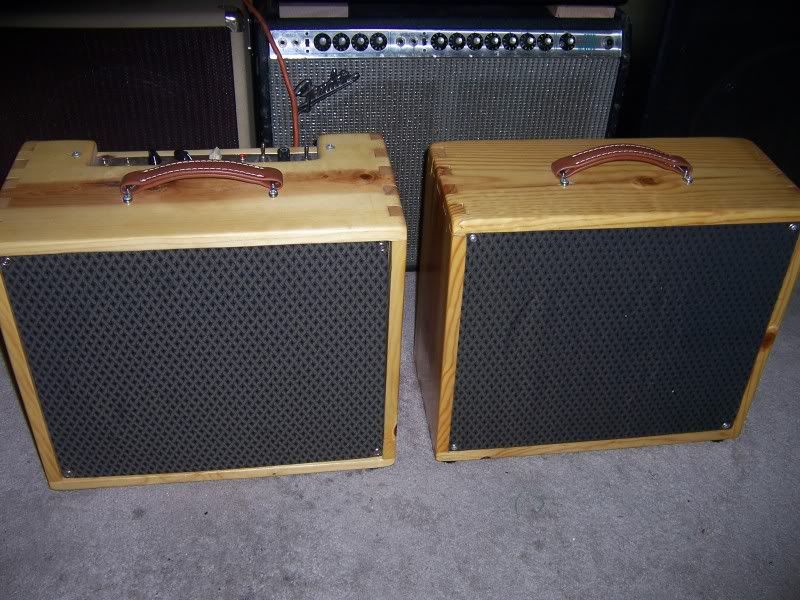Hello all. I'm fairly well a newb to amp building and circuitry. I have plenty of experience with A/C power but DC and audio circuits I am pretty green. I have built one amp in the past, a 5e3, and it came out pretty well with only simple obvious bugs to sort through after its completion. I undertand a little of the basics of what goes on electronically but I am by and large on the dark side of the learning curve in this department. some times I could use a little light 
Anyhow, I am on the verge of ordering parts for a 6G15 reverb unit build and I have a couple questions.
First, is it worth putting extra money into the pots? I don't mind spending the extra money for good ones if I am going to be able to enjoy a noticable advantage. Usually I would select CTS or something similar, not the cheapest but certainly not the most expensive. I looked at Allessandro and Precision Electronics pots at AES. And what about audio vs linear taper? They didn't have many values to choose from in the linear taper section, would I want to use audio T?
Secondly, For caps I have selected Illinois filter caps, Sprague Atoms for the 25uf & 250uf positions and stock AES metal film caps for all other positions. Are there any particular cap positions that I would really benefit tone-wise from spending more money? I thought about finding some NOS and/or used OEM caps but most of them are sold by random ebayers and there's no telling what they will say in their ads to sell them. And does overspec-ing the voltage rating ever hurt things sound-wise?
And lastly, has anyone used any transformers from triode electronics? Good experiences? They've got a nicely priced, convenient 3 pack set for this particular build. I was inclined to look for old/vintage transformers to use but that seems like a long and tedious process to find them.
Oh yeah, almost forgot. What are the pros and cons of installing a prebuilt bridge recto or just making one out of some diodes?
Thanks for your time.

Anyhow, I am on the verge of ordering parts for a 6G15 reverb unit build and I have a couple questions.
First, is it worth putting extra money into the pots? I don't mind spending the extra money for good ones if I am going to be able to enjoy a noticable advantage. Usually I would select CTS or something similar, not the cheapest but certainly not the most expensive. I looked at Allessandro and Precision Electronics pots at AES. And what about audio vs linear taper? They didn't have many values to choose from in the linear taper section, would I want to use audio T?
Secondly, For caps I have selected Illinois filter caps, Sprague Atoms for the 25uf & 250uf positions and stock AES metal film caps for all other positions. Are there any particular cap positions that I would really benefit tone-wise from spending more money? I thought about finding some NOS and/or used OEM caps but most of them are sold by random ebayers and there's no telling what they will say in their ads to sell them. And does overspec-ing the voltage rating ever hurt things sound-wise?
And lastly, has anyone used any transformers from triode electronics? Good experiences? They've got a nicely priced, convenient 3 pack set for this particular build. I was inclined to look for old/vintage transformers to use but that seems like a long and tedious process to find them.
Oh yeah, almost forgot. What are the pros and cons of installing a prebuilt bridge recto or just making one out of some diodes?
Thanks for your time.









 It is a good idea to have some pieces of less expensive wood with identical dimensions to use for practice and for adjusting the tools prior to investing the good stuff. Good luck!
It is a good idea to have some pieces of less expensive wood with identical dimensions to use for practice and for adjusting the tools prior to investing the good stuff. Good luck!
Comment